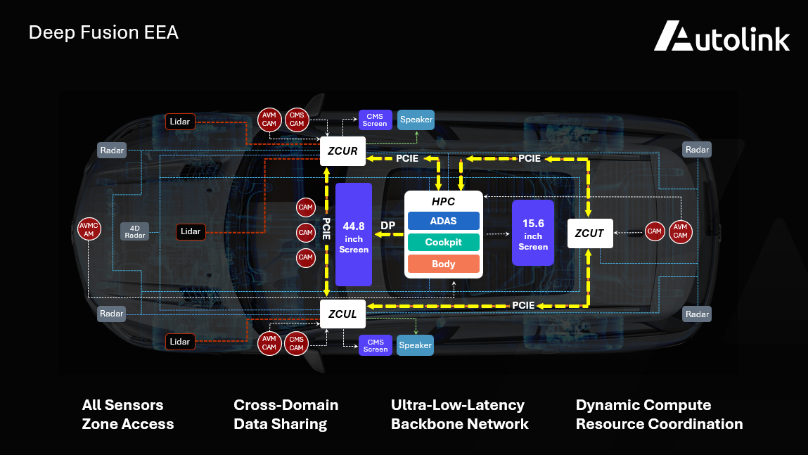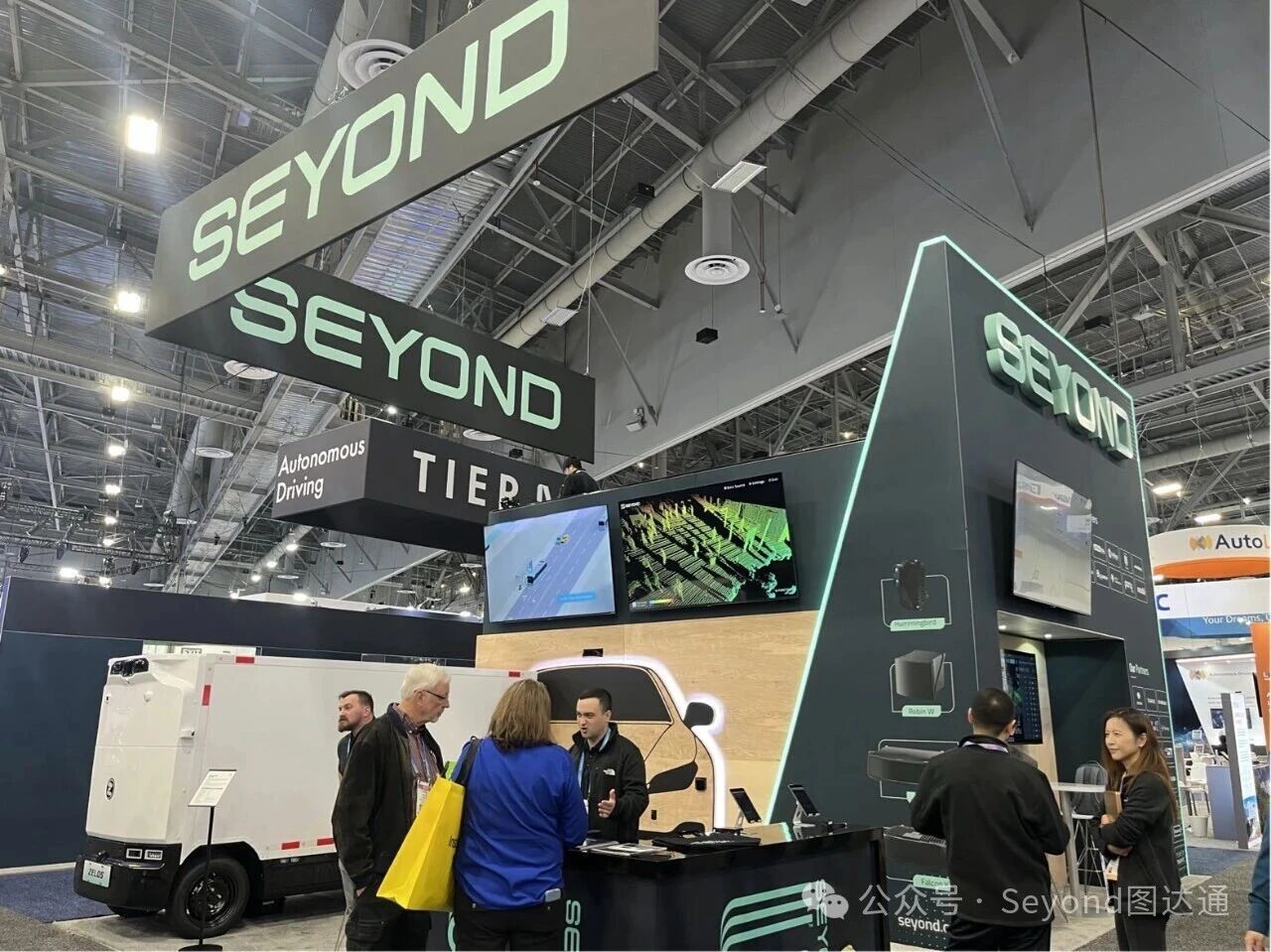Impact of Global Trade Liberalization Upon the Auto Supply Chain
Several factors are bearing down simultaneously upon the U.S. supply chain, forcing it to undergo a major transformation – both in its composition and in its fortunes. These elements include:
(1) Globalization Without Liberalization – in Their Own Backyard: From the late 1920's until the late 1970's, the U.S. auto industry had the home market mostly to itself. Prior to the 1973 oil embargo, in fact, imports were relatively insignificant, and foreign-affiliated manufacturing within the United States was nonexistent.4 That changed when Volkswagen (1979), Honda (1982), Nissan (1983,) and Toyota (1984) established large-scale assembly operations in the United States. Each new entrant followed the same pattern, at first importing most of its components; and if not the components, then the manufacturers of its purchased components; intending to rely upon their already established suppliers to provide all of their bought-in parts requirements – even though no local-content requirement was imposed upon them by the U.S. government.
In 1988, the VW plant in Pennsylvania was consolidated into its Mexican operations, having failed to generate sufficient volume to justify continuing in the United States. The Japanese affiliates grew stronger, adding additional participants and plants,5 and eventually (with some encouragement from the USG) purchasing significant quantities from U.S.-owned suppliers.6 Total “transplant” vehicle assembly increased steadily, reaching 3.1 million units in 2003 – 26% of all U.S. light vehicle production.7 On the other hand, Detroit 3 assembly volume (GM, Ford and DaimlerChrysler’s Chrysler Group) has been decreasing, falling on average by 60,000 units a year between 1986 and 2002.8 In 2003 their production slipped by 500,000 units, and in 2004, another 470,000. The Detroit 3's share of all domestic light vehicle production was 96% in 1985, 25 points higher than in 2004. Many industry observers expect that the Detroit 3's domestic (and global) share of production will continue to decline, inhibiting the prospects for any supplier that hasn’t developed other customers.
(2)A Shift in the Industry’s Business Model: Many of the major new entrants in the U.S. auto industry employ a business model that combines collaboration between each assembler and its cadre of parts suppliers with a lean, flexible, just-in-time (JIT) assembly process. JIT is predicated upon short supply lines that can deliver small batches of components to the assembly line steadily and without interruption (often hourly, and sometimes synchronized to match a particular vehicle), coupled with the facility to immediately correct quality problems as they are discovered, and to make running changes in product specifications or volume requirements when needed. Buyers and sellers collaborate over time to drive costs down and share in the savings generated. This new business model appears to successfully lower the OEMs’ input and assembly costs, improve product quality, and stimulate the development of new content.
On a long term basis the Detroit 3 are working to adopt JIT concepts and the collaborative, partnering approach to their own situations. Until they reach that point, however, they continue to seek price concessions while asking their suppliers to take on more design and manufacturing responsibilities and to absorb the suddenly higher costs for their steel and petroleum inputs. This situation is placing the supplier universe under great pressure. The Original Equipment Suppliers Association, OESA, cites separate studies in 2003 by Plante & Moran and by A.T.Kearney that found that only 20% of a surveyed universe of small, medium, and large North American suppliers were generating operating margins above 8%. 15% of each group were losing money.
(3) Trade Liberalization: Declining tariffs, quota restrictions, and technical trade barriers in the emerging markets, coupled with fiercely competitive domestic and West European markets that will grow at most by 2% a year over the next 5-10 years – while some emerging markets are growing 15% a year,9 have encouraged U.S. OEMs to seek out new markets, many of which pressure foreign assemblers to rely on high levels of local content. Most OEMs, both U.S. and foreign, are usually more than willing to comply, particularly since their assembly techniques are all predicated upon local, JIT deliveries.
(4) Globalization of the Entire Auto Industry: The global auto industry is shrinking, coalescing through both M&A efforts and via collaborative efforts, seeking to create manufacturing alliances focused on driving down costs and creating greater economies of scale than the competition enjoys. In the early 1960s there were some 100 independent vehicle manufacturers scattered around the globe. In 2004, six separate corporate clusters representing 25 large volume manufacturers produced 75% of the world’s output.10 While these Global 6 will still be operating in 2010, and will still represent 75% of the world’s output, where they produce those vehicles will have started to shift significantly.
PWC/Autofacts, for example, predicts that China’s global share of vehicle production will rise
from 5% in 2003 to 8% in 2010, buoyed by a 90% increase in output to 5.3 million units. NAFTA’s global share, on the other hand, could slip one point to 27%. (NAFTA will still retain top billing, however, having increased annual assemblies by 10% to a level of 17.5 million units.) A recent study by the Original Equipment Suppliers Association (OESA) and Roland Berger Consultants11 estimates that the world market for original equipment (OE) auto parts (those used on the assembly line) will increase at a compound average growth rate (CAGR) of 3.4% per year between 2003 and 2010, reaching $1.1 trillion. The U.S. market represented about 23% of total consumption in 2003, $200 billion. U.S. consumption may grow at a CAGR of 2%, reaching $220 billion, which would produce a 20% share of total world consumption in 2010. During this same period, China’s OE parts consumption will have compounded at an annual rate of 10%, reaching a total of 8% of the world’s consumption.
Each OEM cluster is struggling to gain the upper hand in a competitive arena that features closely matched teams fielding similar, essentially interchangeable product lines. The industry’s battles are compounded by the existence of too much, too expensive, and too fixed investment in assembly capacity (often estimated to be on the order of 20 million – 25 million units globally over the past 10 years), coupled with a shift in the arena from the developed markets to the emerging economies that sport vehicle markets that are growing much more quickly. Every company is striving to maximize efficiencies, first by adopting JIT principles, secondly, by using just a few architectural platforms upon which they build multiple – but seemingly, unique – vehicle models and thirdly, by maximizing the utilization of common parts across brands, platforms, and affiliates.12 U.S. parts suppliers (and their foreign competitors) once again face the prospect of fewer but more demanding customers, offering larger contracts, but spread over greater distances that necessitate more local, on- or near-site investment by each supplier.
(5) A New Tier Structure and Expanding Supplier Responsibilities: Increasingly, the major OEMs are moving toward a “Vehicle Brand Owner” business model, in which each VBO eventually will be responsible primarily for managing, marketing, and maintaining a stable of nameplates, having surrendered more and more responsibility for content engineering and even for vehicle assembly to outside suppliers, and having transferred more and more costs, responsibilities, and product knowledge to them in the process. Some, including GM (Saab), DaimlerChrysler (Chrysler), and even Porsche, have already begun to subcontract production of complete low-volume “niche” vehicles to speciality assemblers. Suppliers now are being evaluated, not only on the basis of near-term price and long-term cost reduction programs, but also for their corporate stability, product design and production engineering capabilities, for down-stream management of their own supply chains, delivery reliability, willingness to locate plants in closer proximity to the OEM’s – wherever they are located – and for participation in the assembly process.
The domestic parts industry is in the throes of responding to these new challenges. Some suppliers are willingly taking on the new responsibilities offered to them by the OEMs–cum–VBOs, transforming themselves into “Tier One-Half systems integrators,” that engineer and build complete modules (for example, an entire interior, 4-corner suspension sets, an entire rolling chassis) and assume both product design and development responsibilities and down stream supply chain management functions previously undertaken by the OEMs. These suppliers are scrambling to add to their capabilities and product lines; building additional plants to satisfy JIT requirements and minimize inventory exposure, adopting global best manufacturing practices, investing in their own development of new technologies, or buying or merging with firms that can contribute new skills, complementary products, and new technologies.
Other firms, however, are choosing not to pursue this new role, consciously deciding to remain in the less demanding tiers. Studies by McKinsey suggest that they actually may be more profitable in the near term, but some eventually could find themselves in an exceedingly competitive environment of highly cost sensitive, commodity products – particularly if they are unable to differentiate their offerings. The OESA/RB study notes that only 14% of its surveyed participants managed to meet their cost reduction targets in 2000-2002. Unfortunately, producers don’t see this pressure slackening. In fact, 12% expect to be struggling with 20% reduction targets in 2003-2006, versus the 6% that faced this bogey in 2000-2002. It’s not surprising that many suppliers have exited the business, either through bankruptcy or by refocusing their efforts to serve other industries.
The Detroit 3 have shed most of their “captive” parts suppliers (and their high-rate labor contracts) as part of their struggle to reduce costs, spawning an active business in mergers and acquisitions that peaked at $30 billion in 1999. Helped by these consolidations, 20 of the world’s top 50 global OEM suppliers are
U.S. corporations that account for nearly half of the top 50's total sales. A collection of firms spun off by GM became Delphi in 1999. Ford formed Visteon in the same way and for the same reasons in 2000. Both are at the forefront of the Tier One-Half revolution, ranking just ahead or just behind Robert Bosch as the worlds’ largest parts producers from one year to the next. Eventually every OEM may deal with no more than 50 or 60 Tier One-Half system integrators and no more than 300 Tier 1 firms, a considerable reduction from the 1970's, when an OEM’s direct supplier list numbered several thousand.
OESA estimates that there were 30,000 firms in the North American automotive supply chain tiers in 1990, but just 10,000 in 2000 and 8,000 in 2004. By 2010, their numbers may dwindle to no more than 5,000, each enjoying significantly higher sales volumes, but each likely to require significantly fewer employees.13 OESA/RB forecasts an 11% decline in auto parts production worker employment between 2003 and 2010, caused primarily by increased productivity paired with slowing growth in U.S. output. While some industry observers may question the precision of these estimates, none will disagree with the magnitude of the pressure the industry is experiencing.
The Census Bureau’s 5 Year Economic Census and Annual Survey of Manufacturers are now reported only on a NAICS basis. Data is available for 1997 through 2001, with 2002 data due to be released shortly. The 1997 Economic Census reports that firms placed in NAICS Codes 336211, Motor vehicle bodies, and 3363, Motor vehicle parts, (which would capture most Tier 1s, some Tier2s, but probably few Tier 3s) totaled 5,823 companies operating 6,694 related establishments. Total employment was 822,700 in 1997. By the end of 2001, employment had dropped 5.5% to 777,800, in line with the overall national employment decline during this period. Production worker employment fell more steeply, falling 7% to 615,500, but this also was in line with the national trend. The industry’s payroll, however, grew more slowly than the national average, rising 2% to $32.8 billion, while the nation’s manufacturing payroll increased by 4%. Production workers’ wages faired even less well. While the national wage increase was 1.4%, wages for production workers in the automotive parts industry fell 1.3% to $23.7 billion.
Census reports industry shipments at $187.5 billion in 1997, 5% of the total for U.S. manufacturing industries. The 2001 Annual Survey recorded industry shipments of $197.4 billion, which maintained the industry’s share of the national total. It may be more significant, however, that while the industry’s value-added ratio in 1997 was nearly 41%, that ratio slipped to 39.7% in 2001. This may suggest that suppliers are failing to improve their position in the auto industry’s value chain, or it may reflect the intense price pressures they are facing. IRN Consulting reports that U.S. suppliers were asked to cut prices by an average of 3.8% in 1997 and by 5.4% in 2001. Requested cuts averaged 6.3% in 2003.
Exports of U.S. automotive parts in 2003 totaled $48.5 billion, compared with imports of $74.5 billion, yielding a $26 billion deficit – a good bit higher than 1985's $700 million shortfall.14 Shipments to Canada and Mexico accounted for 78% of all exports in 2003, while imports from those countries represented 53% of that total. The United States had an $8.9 billion surplus with Canada, a $10.7 billion deficit with Mexico.15 Trade with China yielded a $2.3 billion deficit on exports of $500 million and imports of $2.8 billion. This was dwarfed by the deficit with Japan, which totaled $11.7 billion on exports of $2 billion and imports of $13.7 billion.









